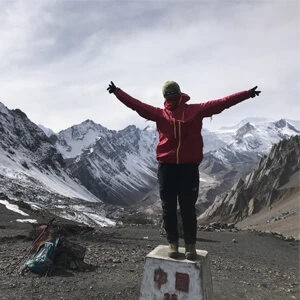Since Trekking gear is the key to a safe, successful, enjoyable, and hassle-free trip in the Himalayas, it is important not to miss the essential gear. Whether you carry your gear or hire a porter, it would be wise not to overload. The packing lists depend on what seasons you are planning to trek, the number of trekking days, trekking routes, like the Everest Base Camp Trek, the Annapurna Base Camp Trek, the Ghorepani Poon Hill Trek, Manaslu Circuit Trek, Annapurna Circuit Trek, Langtang Valley Trek, Tsum Valley Trek, Dhaulagiri Circuit Trek, Makalu Base Camp Trek,Kanchenjunga Trek, etc., and the maximum height you reach.
If you have booked your trip at the last minute or do not have time to prepare for the essential gear, you can buy most of the brands (like The North Face, Sherpa, Black Yak, Marmot, Outdoor Stretchers, etc.) or locally copied gear in Kathmandu too. The branded products cost more or less similar amounts, like in Europe or America, and the copied ones would be quite cheaper. In a worse scenario, certain gears are rentable on a per-day basis too. We will assist you upon your arrival, if needed.
However, please review the below packing lists, which we prepared based on our experience and clients' feedback. If you have any confusion, do not hesitate to contact our experts.







